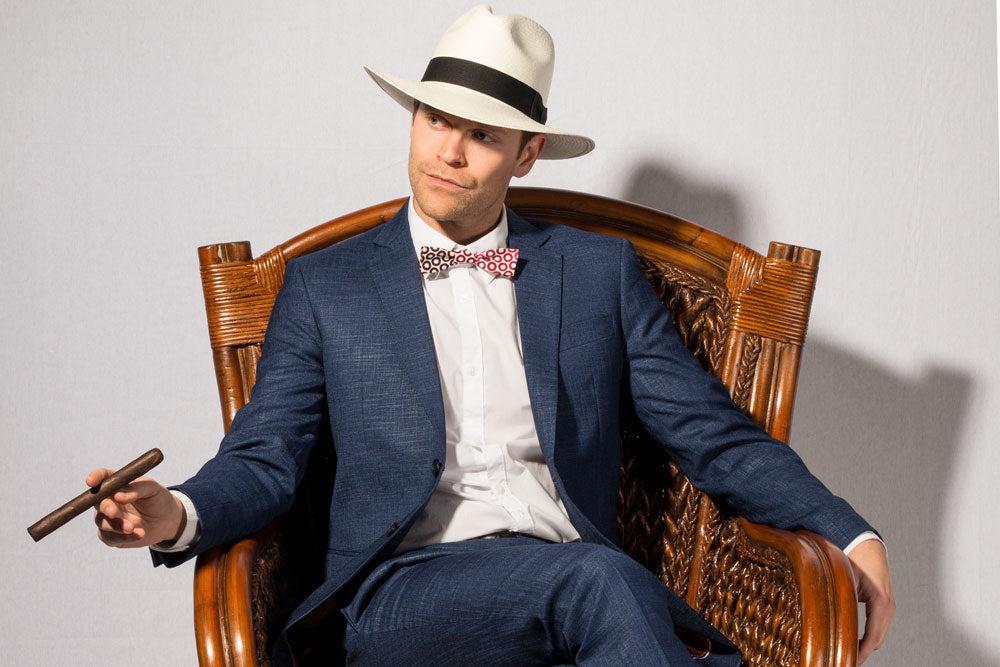
As any discerning gentleman knows, in order for an outfit to be truly elegant, it requires the finishing touch of a well-chosen hat. However, the rules of sartorial etiquette can be highly confusing to the uninitiated and not just any old hat will do. Have you been wondering what type of hat to wear to a black tie event? Are you unsure whether or not you have the proper headgear for an upcoming business function? Perhaps you’ve been at a loss as to how to complete your outfit without violating traditional dress codes? Our guide to matching the right hat to the occasion will set you straight.
Formal Dress Codes for Men
To anyone unfamiliar with men’s formal dress codes, they can seem archaic, opaque, and even arbitrary. Worse still, many self-appointed experts on the topic fail to consistently agree on the parameters of each dress code. Meanwhile, guides to men’s dress codes almost invariably overlook one important element: the hat. True, at the vast majority of social and business functions, wearing a hat is by no means required. Still, as an opportunity for dressing to impress, a formal event presents an optimal occasion for which to don a stylish piece of headgear. Nevertheless, at some events, even wearing the wrong-colored gloves would be sufficient cause for you to be denied entry. When it comes to formal dress codes, it’s important to remember that the rules have nothing to do with current fashion or even the subjective opinion of some self-appointed style guru, but, instead, are all about tradition. Like it or loathe it, this is simply the way that things have always been done. That said, we’re absolutely in favor of getting creative with your headgear when an appropriate opportunity arises. However, if you turn up to a formal event in the incorrect attire, it will probably not appear as though you’re deliberately breaking the rules, but, rather, that you weren’t acquainted with them in the first place. Call it elitism or snobbery, but that’s the reality when one attends formal events. That being the case, precisely what type of hat should you wear to a formal event if you wish to avoid causing a minor social scandal? To help you navigate the sartorial labyrinth, this guide to choosing the right hat for the occasion will provide a rundown of the most common dress codes for men and what they mean in practice for the hat-wearing gentleman. For more in-depth tips on this topic, see our guide explaining how to wear a Panama hat to a wedding or other formal event.
Matching the Hat to the Occasion
White Tie A white tie event is as formal as it gets. Unsurprisingly, this dress code is largely reserved for state functions, ultra-prestigious ceremonies such as the Nobel Prize, certain debutante balls, and traditional galas at exclusive European universities. Traditionally, high-end weddings may also be white tie events. What to Wear At a white tie event, one wears a black tailcoat, a white wing-collared shirt, a white vest, a white bowtie, and, if desired, white gloves. 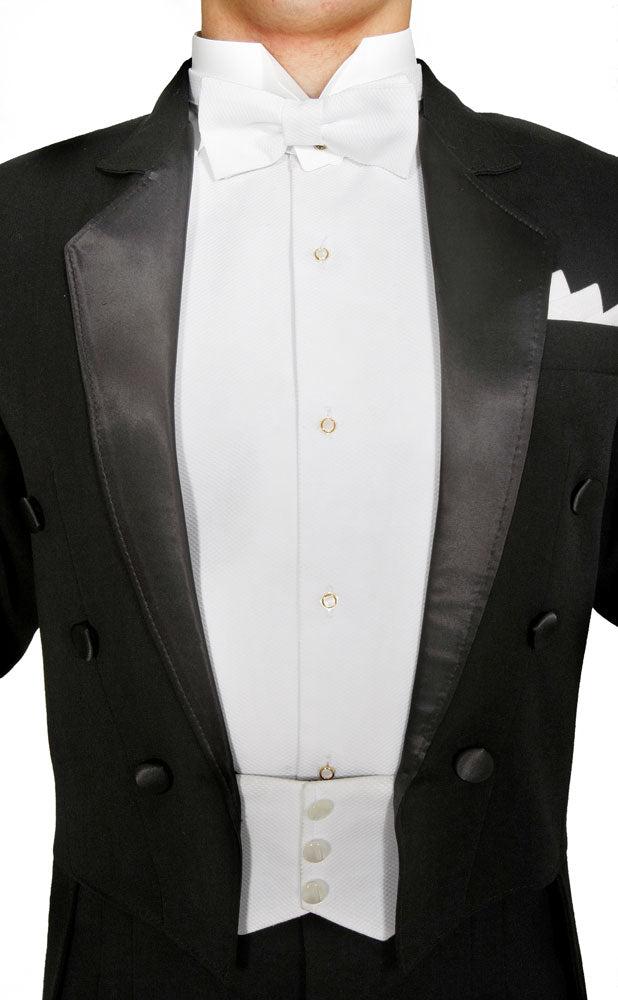
Hat Etiquette
A top hat is the only acceptable form of headgear for a white tie event. Black Tie A black tie event is traditionally considered to be semi-formal, although that definition has shifted over the years, such that it now passes as formal. Weddings are often black tie events, as are dinners on many cruise ships; debates at certain old British universities; as well as some opera and theater performances. It is also commonplace for many private and state dinners, balls, proms, and parties to stipulate a black tie dress code. What to Wear Although black tie events occur more frequently on most social calendars than white tie, they are still widely considered to be formal affairs by contemporary standards. Accordingly, there is little room for the wearer to add any individual touches to his outfit. A black tie event requires male guests to wear a dark (preferably black) tuxedo, a white shirt, a black cummerbund, and a black bowtie. Deviation from these rules is generally frowned upon.
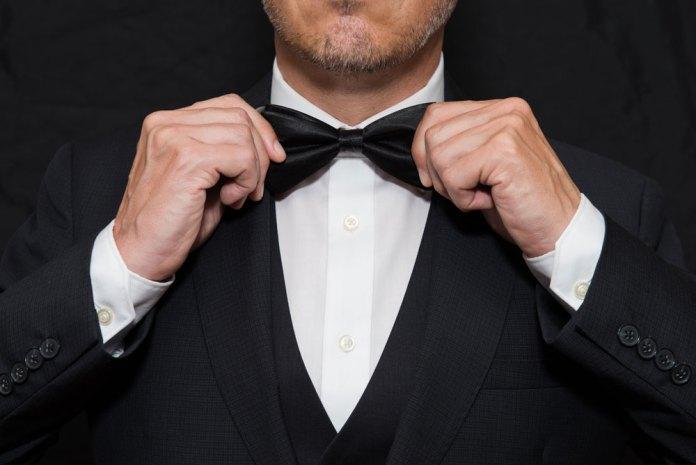 Hat Etiquette Once again, headgear options are limited to only the most formal of designs. This means a homburg or felt fedora in winter or a boater and gambler style in warmer months.
Hat Etiquette Once again, headgear options are limited to only the most formal of designs. This means a homburg or felt fedora in winter or a boater and gambler style in warmer months.
Creative Black Tie Weddings, award ceremonies, etc. What to Wear Effectively, this dress code is the same as black tie, only with a little extra creative wiggle-room. That being the case, give your look a touch of personality by swapping the black bowtie for a louder or more eccentric design, or adding other subtle, stylish accessories to make the outfit more fully your own. 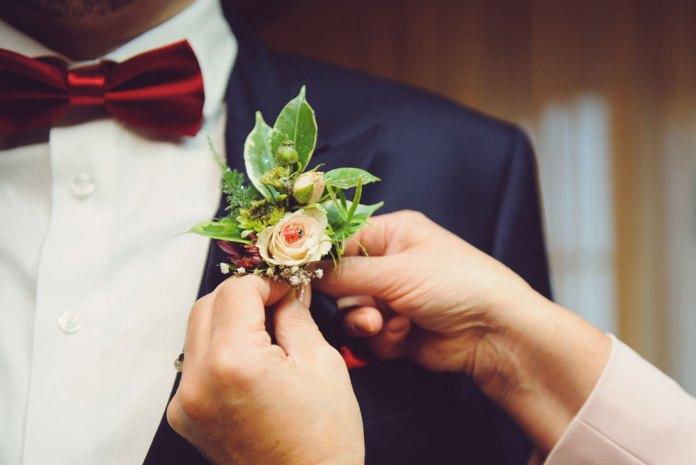
Hat Etiquette The rules for hats here are less clear than those for clothing and will vary from occasion to occasion. Nevertheless, assume that you should stick to black tie guidelines while enjoying a little extra leeway to add some creative flair to your hat in the form of a decorative hatband or other fashionable detail.
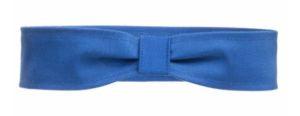
Formal/Black Tie Optional
Weddings, balls, state dinners, diplomatic events, award ceremonies, etc. What to Wear As the name suggests, you wouldn’t look out of place at an event of this kind in a tuxedo, but it’s not obligatory. Either way, you’ll be expected to wear a dark-colored suit, a necktie, and dress shoes. Hat Etiquette Okay, so now things start to get a little more interesting in the hat department. While still a very smart event, any occasion that calls for formalwear or bills itself as “black tie optional” is an opportunity to get a little more adventurous with your choice of headgear. If you opt to wear a tuxedo, then a homburg or a boater will still be the most appropriate solution. However, with a lounge suit the options are far more numerous. Nevertheless, as this is still a formal occasion, it clearly isn’t the time to pull out the snapback or bucket hat; stick to elegant classics such as a stylish felt fedora, trilby, or even a Derby/bowler. Also, while the TV show Peaky Blinders has made the combination of a newsboy hat and three-piece suit a popular look for elegant modern gents, this traditional working-man’s hat would likely not be considered as appropriate attire for most conservative and high-class functions.
Semi-Formal Weddings, private parties, dinners, and some job interviews.
What to Wear
At an event with a semi-formal dress code, the tuxedo drops off the agenda. What’s more, your suit need no longer be a dark color. In fact, wearing a suit becomes entirely optional. However, if you opt out of wearing a suit, you’ll still need to wear smart dress pants with a collared shirt under a sport coat or blazer.
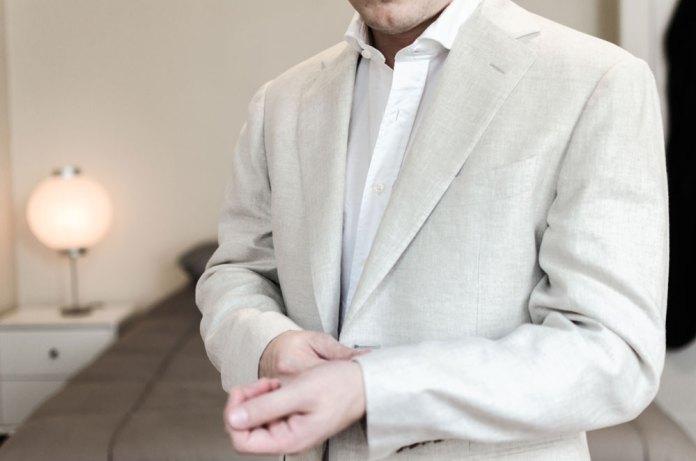 Hat Etiquette
Hat Etiquette
A semi-formal dress code opens up even more room for individual expression with headgear. A trilby, fedora, flat cap, or a quality handwoven Panama hat such as the Authentic Classic would all make a great addition to any semi-formal outfit.
Cocktail Attire Weddings, dinners, parties, and other social occasions.
Note: Not all events that require cocktail attire are cocktail parties and not all cocktail parties require cocktail attire (indeed, some may be much more relaxed in their dress codes). What to Wear The cocktail code still requires men to wear a jacket and dress pants (although, as with semi-formal attire, they needn’t be a matching pair). You should definitely be wearing a collared dress shirt, too. However, a necktie becomes optional and you’re free to experiment more with bolder colors and patterns; at least in terms of the shirt, tie, or pocket square. Jacket and pants, though, should remain darker-colored. Leather dress shoes are still welcome here, but opting for something slightly more casual (such as polished loafers) would not cause a scandal, either. Sneakers, on the other hand – even very smart ones – are still off limits. 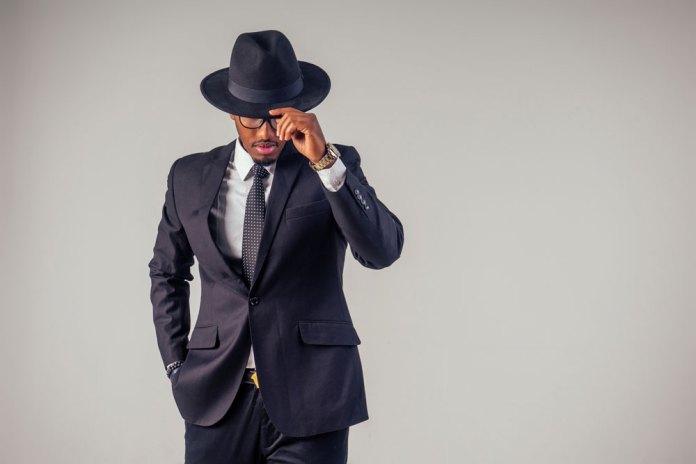 Hat Etiquette
Hat Etiquette
Cocktail attire is dressy, but stylish; smart, but with a little bit of personal flair. This makes it one of the best occasions for showing off your sartorial skills by donning some dapper headwear. If it’s a summer event, elegant Panama hats such as the Gatsby Fedora or the handmade Portofino are the order of the day. For cooler climes, a newsboy hat, the wool felt Hudson, or the Brooklyn crushable fedora will keep your head warm without compromising style.
Business Casual Work-related events, social occasions, and some job interviews.
What to Wear When it comes to dress codes, “casual” doesn’t mean the sort of thing you throw on when sitting at home watching Netflix. This is particularly the case with business casual. You can, however, take it as permission to ditch the suit if you prefer. Even should you opt for one, it’s an indicator that wearing a tie is no longer essential.
Typically, a business casual event requires male attendees to wear smart chinos or woolen dress pants, a collared shirt (button-down or regular collar), and a sport coat or blazer if desired. Colors will generally be some combination of navy, blue, gray, and beige. As with cocktail attire, loafers or other smart leather shoes will be the best options. Hat Etiquette Although a sharp hat would likely not represent a major breach of etiquette at a business casual event, these are not the best occasions for sartorial creativity. You might want to save any displays of fashion prowess for a more appreciative audience. In any case, should you arrive at a business casual event wearing a hat, you’ll be expected to remove it once you step inside. So, let’s simply say that hats are not really a part of the business casual agenda. Casual With the ever-decreasing formality of Western society, in today’s social climate nearly any sort of event short of official state functions could conceivably have a casual dress code; from weddings to exhibition openings, public performances, private dinners, parties etc. What to Wear Casual dress must always be interpreted in context; the word “casual” on a wedding invitation does not have the same meaning as when used in relation to a work event or a Sunday afternoon barbecue. In most cases, khakis, a button-down or smart polo shirt, and/or a sweater will be your safest options. Suede or leather Derbies, loafers, or a pristine pair of up-market sneakers will likely be acceptable. Just bear in mind that even at events with a casual dress code, it’s still good manners to remove your hat when indoors. Hat Etiquette Here you are basically free to wear any stylish hat that you wish. The only real exception being weddings, where baseball caps, beanies, and buckets are unlikely to strike the right tone, even at the most relaxed of affairs. For summer events, a wide-brimmed gambler-style hat will provide welcome protection from the sun while keeping you looking sharp. You may also opt for a casual fedora such as the Havanna Retro for a laid-back look. ConclusionDeciding what type of hat to wear to a formal occasion can sometimes seem like a tricky task. As a general rule, if a dress code includes the word “formal,” it means that you should wear a suit and tie, and, therefore, your headgear will need to be of a style that works well with this combination. However, even if the word “formal” is nowhere to be seen, you may still want to wear a suit, tie, and elegant hat. After all, if it turns out that you’ve overdressed, a jacket can be easily removed and a tie loosened or put in your pocket. Meanwhile, traditional social etiquette dictates that you should remove your hat when indoors. So, if your hat does turn out to be over the top, nobody will be offended if you remove it. Should you go the alternative route – i.e. show up in only a polo shirt and chinos – there’s little you can do to smarten things up if it turns out that you’ve misinterpreted the dress code. All things considered, it’s always better to overdress and be prepared to make a quick sartorial recovery, than to underdress and be left red-faced. Precisely which sort of hat you choose to wear is, of course, up to you, but after reading our guide you shouldn’t be at risk of committing any serious breaches of social etiquette due to your headgear.

